Introduction
The humble yet flavorful army stew, often referred to as “budae jjigae” in Korean, has become a culinary sensation beyond its native land. This hearty dish, which originated during the post-war period when Korean civilians scavenged military rations to create meals, has evolved into a beloved comfort food enjoyed worldwide. One of the defining ingredients in army stew is Korean gochujang, a fiery and savory fermented chili paste that adds a unique depth of flavor. However, for those who cannot find gochujang or prefer to explore alternative options, there are several substitutes that can deliver a similarly satisfying result. This article delves into the world of substitutes for Korean gochujang, exploring their origins, flavors, and how they can be incorporated into your army stew recipe.
Understanding Korean Gochujang
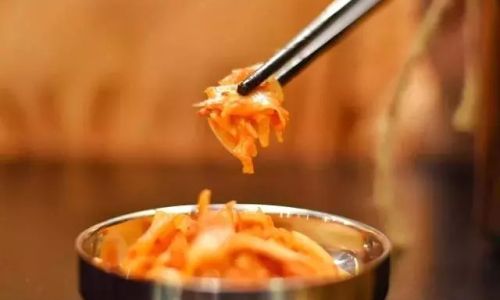
Before diving into the alternatives, it’s crucial to understand what makes gochujang so special. This condiment is a blend of chili peppers, glutinous rice, fermented soybeans, salt, and often garlic, ginger, and sugar. The fermentation process gives it a tangy, slightly sweet, and umami-rich flavor profile that complements a wide range of dishes. Gochujang’s versatility makes it a staple in Korean cuisine, from stir-fries and marinades to soups and stews.
Alternatives to Korean Gochujang
-
Sriracha Sauce
Originating from Thailand but popularized globally, Sriracha sauce offers a fiery and tangy alternative to gochujang. Its main ingredients include chili peppers, garlic, sugar, vinegar, and salt, providing a bold and slightly sweet heat. When using Sriracha in army stew, consider blending it with a small amount of tomato paste or ketchup to replicate the thickness and complexity of gochujang. Additionally, adding a pinch of soy sauce or fish sauce can enhance the umami notes, making it a closer match to the original.
-
Harissa Paste
Harissa, a North African chili paste, brings a smoky and aromatic heat to dishes. Made from dried chili peppers, garlic, olive oil, tomatoes, and spices like coriander and cumin, harissa adds a rich, layered flavor. Its intensity can vary, so start with a smaller amount and adjust to taste. To balance out its bold flavors, incorporate some sweetness, such as honey or a touch of brown sugar, and acidity from lemon juice or vinegar. This blend can create a vibrant and unique army stew that pays homage to both Korean and Mediterranean cuisines.
-
Sambal Oelek
For those who prefer a straightforward chili sauce, Sambal Oelek is an excellent choice. This Indonesian condiment is made from ground chili peppers, vinegar, and salt, offering a clean and fiery heat without the complexity of other ingredients. To mimic the texture and flavor profile of gochujang, mix Sambal Oelek with a bit of tomato paste, brown sugar, and a splash of soy sauce. This simple yet effective combination can add the necessary depth and heat to your army stew.
-
Doenjang (Korean Soybean Paste)
While doenjang doesn’t have the fiery heat of gochujang, it shares a similar fermented soybean base. This paste is darker, thicker, and more savory, with a rich, earthy flavor. To create a gochujang-like substitute, blend doenjang with gochugaru (Korean red chili flakes), a bit of sugar, rice vinegar, and garlic. The result is a sauce that retains the umami essence of doenjang while incorporating the fiery heat of chili flakes, making it a suitable stand-in for gochujang in army stew.
-
Miso Paste
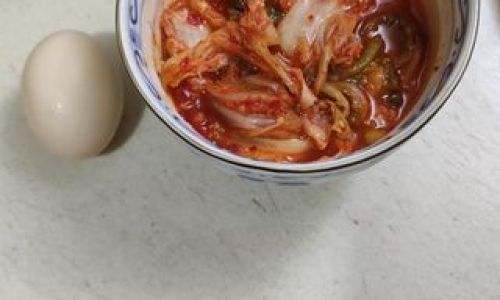
Japanese miso paste, made from fermented soybeans, rice, or barley, offers a mild yet deeply savory flavor. While it lacks the heat of gochujang, miso can still contribute a delightful umami element to your army stew. To add some heat, mix miso with chili flakes, a touch of maple syrup or honey for sweetness, and a splash of rice vinegar for tanginess. This blend creates a nuanced and balanced sauce that complements the stew’s other ingredients.
-
Thai Chili Paste with Garlic (Nam Pla Prik)
Nam Pla Prik is a Thai condiment that combines chili peppers, garlic, fish sauce, and lime juice. Its tangy, savory, and fiery profile makes it a versatile alternative to gochujang. When using Nam Pla Prik in army stew, balance its intense flavors with some sweetness from sugar or honey and additional body from cornstarch or flour slurry to thicken the sauce. The result is a stew that combines the best of Thai and Korean flavors.
-
Homemade Chili Paste
For the adventurous cook, making your own chili paste can be a rewarding endeavor. Start by blending fresh or dried chili peppers with garlic, ginger, and a small amount of vinegar or citrus juice. Add a touch of sugar or honey to balance the heat, and if desired, incorporate some fermented soybeans or miso for an umami boost. This custom chili paste can be tailored to your taste preferences, ensuring a perfect match for your army stew.
Incorporating Substitutes into Army Stew
When substituting gochujang in army stew, remember that the key is to balance flavors. Army stew’s appeal lies in its harmonious blend of savory, sweet, tangy, and spicy elements. Therefore, when using any of the above alternatives, taste frequently and adjust seasoning accordingly. Consider adding extra vegetables, such as zucchini, mushrooms, or spinach, to absorb the flavors of the sauce. Additionally, incorporating protein sources like spam, tofu, or even shrimp can add texture and additional layers of flavor.
Conclusion
In the realm of culinary exploration, finding substitutes for beloved ingredients can be both a challenge and an opportunity. Korean gochujang, while indispensable in traditional army stew, can be replaced with a variety of condiments and homemade blends, each offering a unique twist on the classic dish. Whether you opt for the fiery tang of Sriracha, the smoky depth of harissa, or the savory richness of miso, the key is to embrace the substitution as a chance to create a new and delightful version of army stew. With a bit of creativity and a willingness to experiment, you can transform this Korean comfort food into a global culinary adventure. Happy cooking!
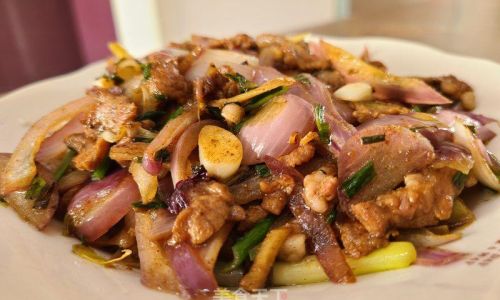
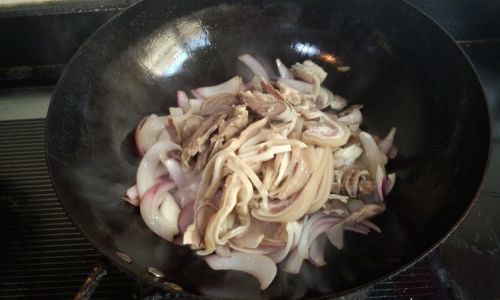
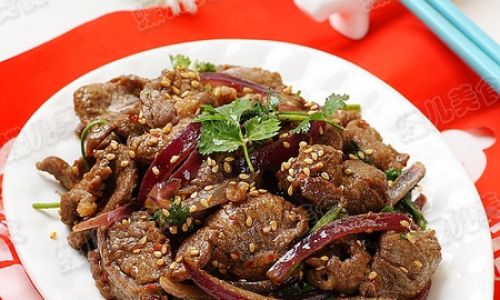
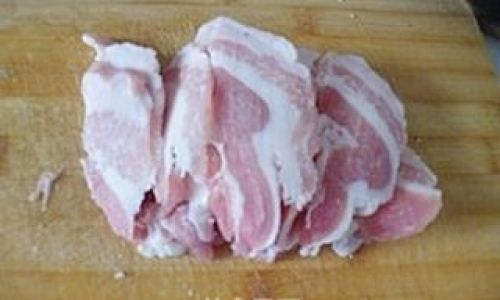

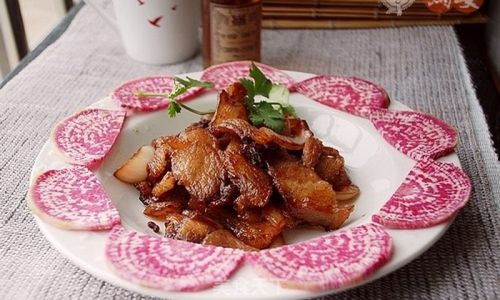
0 comments